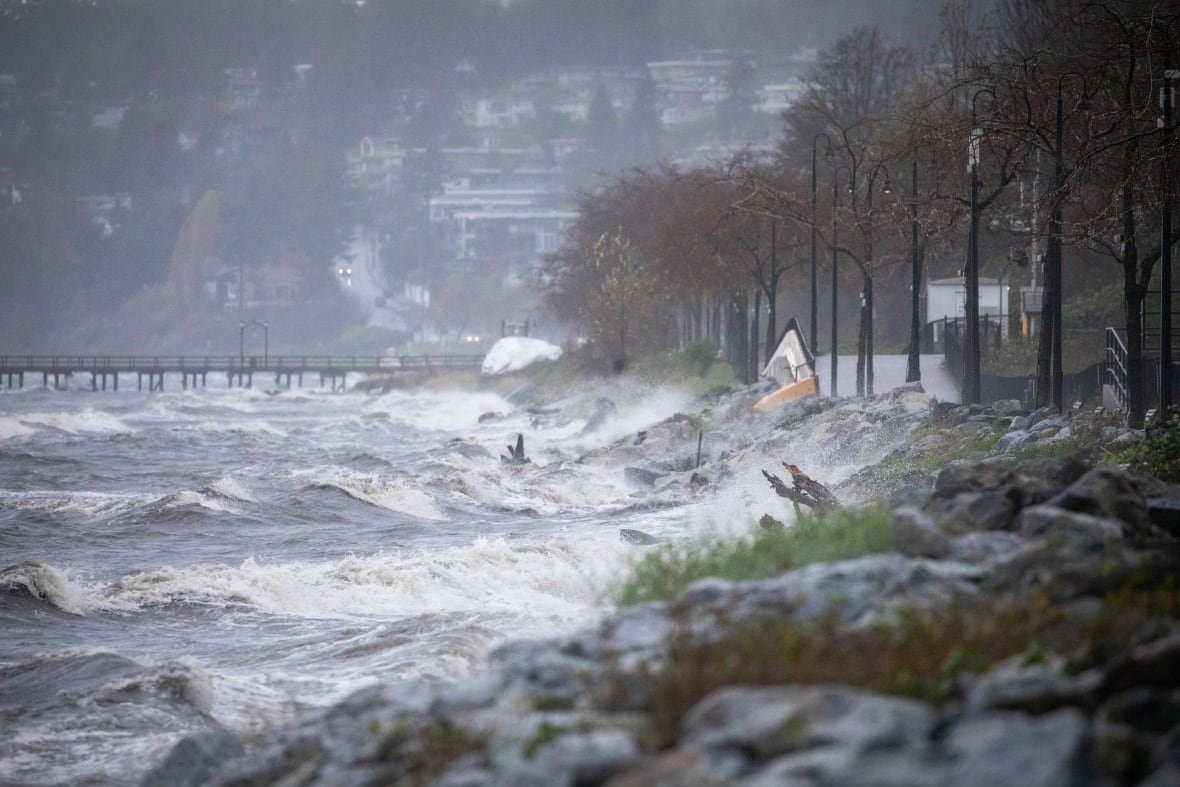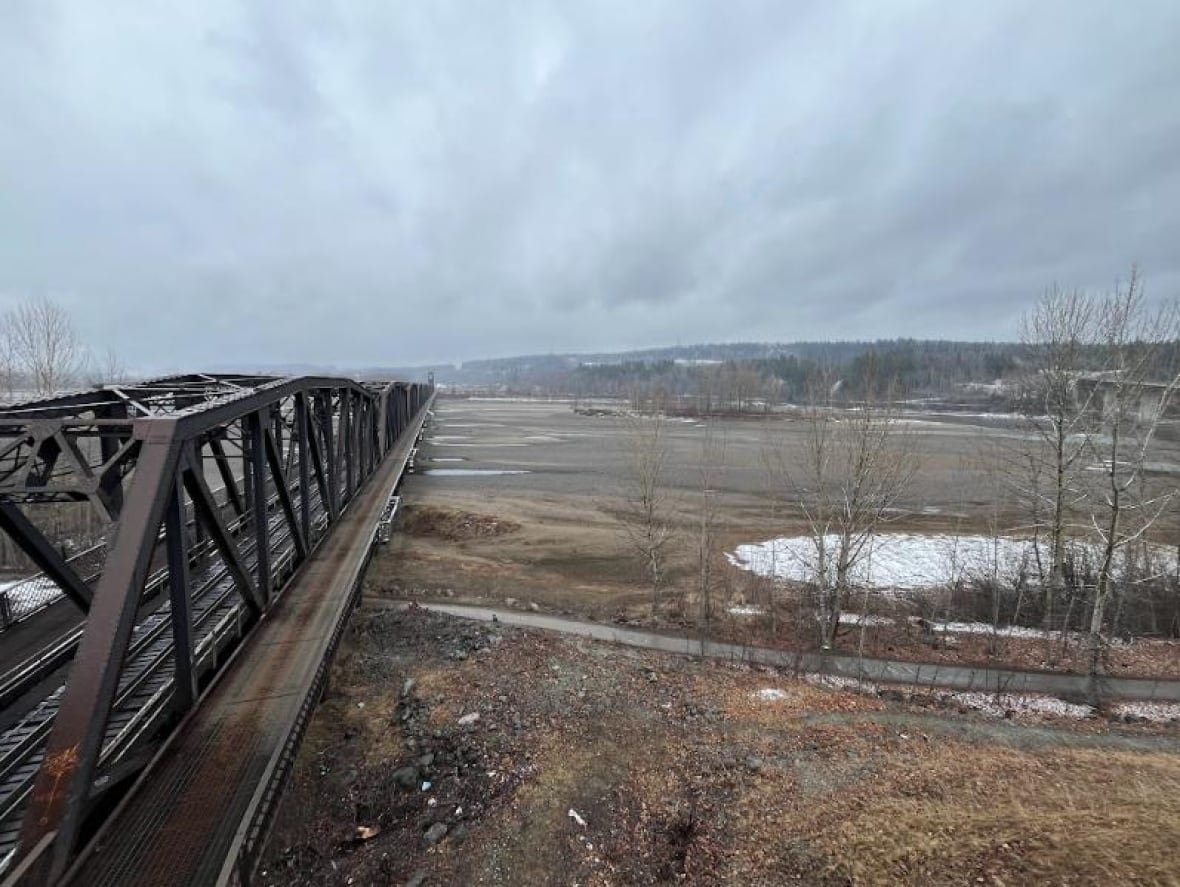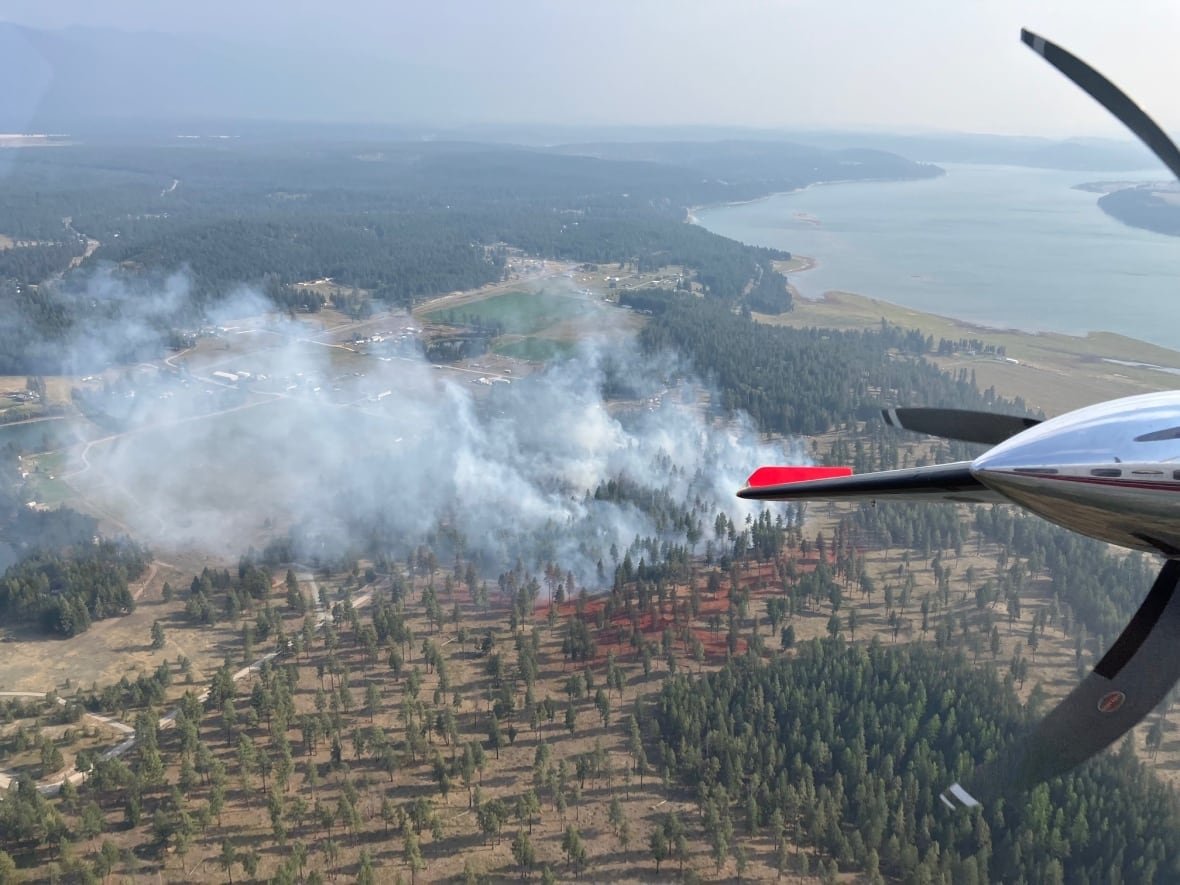After another year of devastating wildfires, intense drought and damaging storms, the province is urging British Columbians to get their homes and families ready in case of an emergency — and the new minister of emergency preparedness and climate readiness promises to do the same.
Kelly Greene took over as B.C.’s minister of emergency preparedness in November but says planning ahead has always been a part of her life.
“I was a girl guide, and I really took being prepared to heart,” she told CBC News.
“Even in my own home, making sure that when my kids were little, they understood what to do in an emergency, different kinds of emergencies … what to do in the event of a fire, know what to do in the event of an evacuation, in the event of an earthquake.”
As she works within her ministry to prepare for whatever 2025 brings, Greene is urging British Columbians to ready themselves for the unexpected.
La Niña
Last month, Environment Canada issued its winter outlook, showing that the country is moving into a La Niña weather pattern. This means we could experience cooler temperatures and wetter weather.
And while this may be good for prolonged drought conditions, Sean Fleming, an adjunct professor of atmospheric sciences at UBC told The Canadian Press that it could increase the risk of flooding and power outages.

“Potentially, we could be looking at greater than average flooding this winter if the La Niña conditions pan out,” he said in an autumn interview. “That also means, though, greater water supply, greater snowpack in general, greater water supply availability for the next spring and summer.”
Floods, fires, storms, earthquakes, extreme heat and drought are all emergencies all British Columbia residents should be ready for year-round, Greene said.
“With the escalating effects of climate change on our weather patterns, we’re experiencing a climate that we really haven’t ever before. Those effects are just not just escalating, but they’re overlapping.”

Individual and government responsibility
The province’s Prepared B.C. website has over a dozen emergency plans in several languages to help people get ready for whatever lies ahead. Plans include things like grab-and-go bags, evacuation routes, understanding what certain warnings and alerts mean and emergency contacts.
“I make sure that my family is ready with their grab-and-go bag and our emergency plans because when you’re prepared, that time is still scary and hard, but you know that you have that immediate way through so that you can get back to a place of wellness and safety and security,” Greene said.
While that individual work is important, Greene said her ministry is constantly working on preparation, mitigation and recovery plans.
She said, primarily, the province is engaged with local governments and First Nations to ensure communities have what they need to be prepared. For example, those at risk of flooding are raising dikes and replacing pump stations, she said, adding that other communities are looking at infrastructure to help withstand drought.
Additionally, she said, the wildfire service is now active year-round to proactively reduce wildfire risks in addition to its duties fighting fires.

Though the province can’t know for sure what 2025 will hold, Greene promises it will support residents.
“The province is ready, standing by in the event of an emergency. We’re here to help, and we want to get communities through these events safely.”
